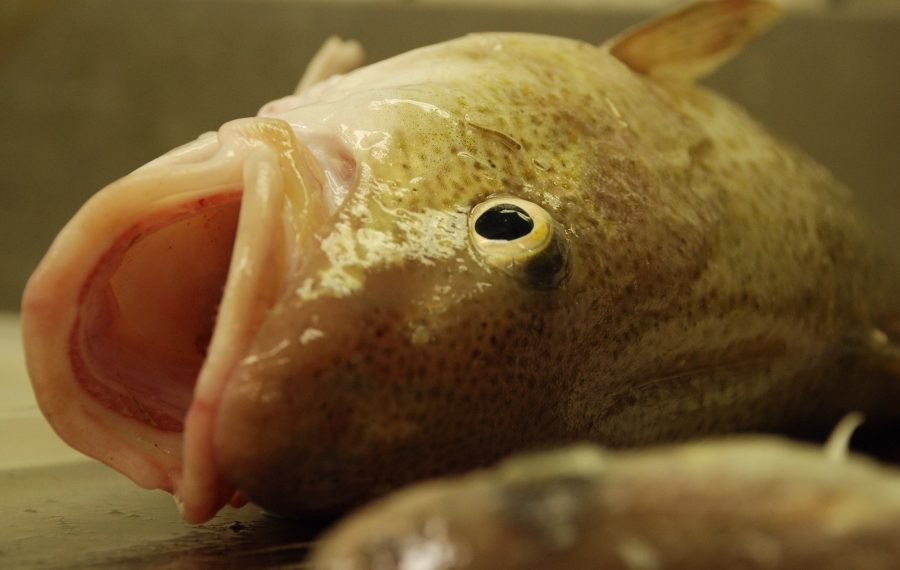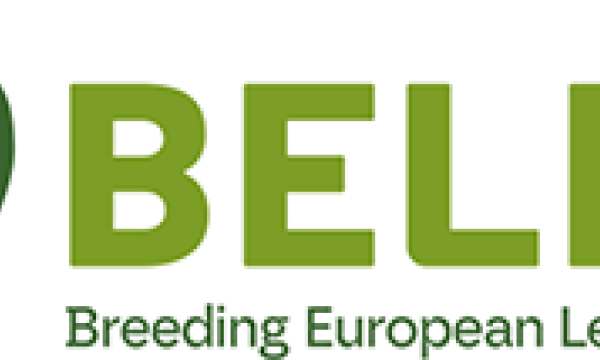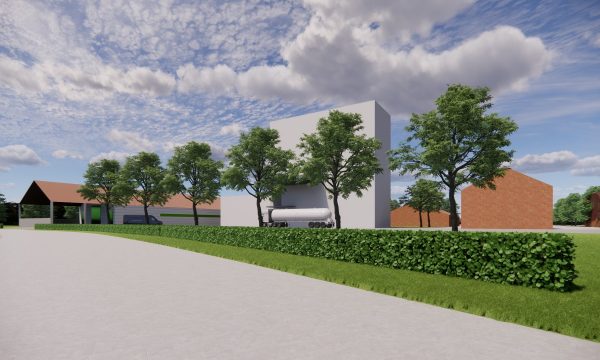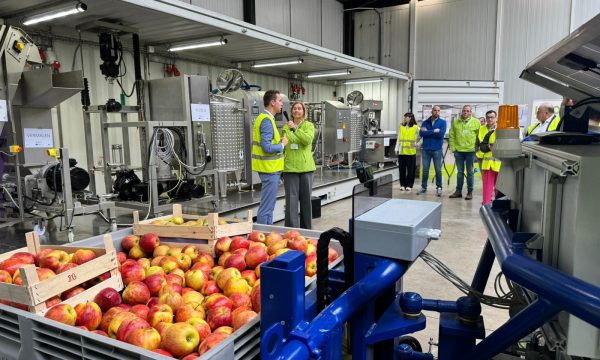Press release Turning under-utilized fish (products) into valuable, profitable feed additives using a silage technique.

Fish heads and cutting residues from the fish processing companies, as well as landed substandard fish which may not be sold for human consumption, can be processed with higher quality and more sustainably than has been done so far. In particular, ensiling makes it possible to stabilise the secondary flows of the (small) Belgian fisheries sector, so that the high-quality fish proteins remain intact until the further processing steps. The technique was optimized by ILVO-UGent PhD researcher Mike Van 't Land and evaluated nutritionally, biochemically, technologically and economically. The results are very promising.
More ancillary flows in the fishing industry due to the landing obligation
European legislation on the prohibition of discards (the landing obligation) has increased the amount of secondary flows from fishing. The vessels must also land the undersized fish, and they should not be sold for direct human consumption. Other applications are permitted, for example a processing to food supplement, to feed or to fertilizer.
A fish secondary stream is difficult to manage because the product spoils rapidly, because the supply is diverse and irregular, and because the quantities in Belgium are relatively limited. However, it is worthwhile because there are many valuable animal proteins in it. So far, the fish waste from the Belgian fishing industry - heads, skin and other cutting residues – remains unprocessed and sold at very low prices to end up in (low-grade) uses such as in biogas plants.
Good perspectives on the animal feed market
Researcher Mike Van 't Land asked himself two questions: Can we do more with the larger amount of fish that is currently lost even though it is a high-quality source of essential nutrients? Is there an opportunity within the increasing demand for high-quality ingredients in the animal feed sector? Worldwide, fish farming – with its accompanying residual flows – is on the rise, which is now visibly increases the proportion of protein-from-the-sea in animal feed.
In the relatively small Belgian market, expensive processing technology such as extraction of biomolecules was not a profitable option for the processing of fish. Fish silage, a stabilisation technique in which fish proteins are treated with organic acid, is technically feasible and economically interesting track. The principle of fish silage is that the fish leftovers and the whole fishes are brought into an acidic, oxygen-poor environment.
Formic acid was an important element in the silage. Mike van't Land: "We noticed that enzymes in the fish materials break down the proteins and fats into smaller components, resulting in a liquid 'soup' full of nutritional elements: proteins, peptides, amino acids, lipids, glycerol, fatty acids and minerals . The process yielded a nutritionally high quality but still quite unstable (subject to enzymatic deamination and fat oxidation) and 'wet' product.
But feed producers want a stable and dried product. This is why the subsequent processing steps, such as pasteurization and drying, were worked out to create a stable feed additive. The tests also proved that these steps were technically feasible.
Possible replacement of (foreign produced) fishmeal or own niche?
The final product can acquire a place in the Belgian market, as evidenced by the socio-economic explorative study. In comparison with fishmeal, this powder has a less efficient protein absorption and a lower shelf life. But the experiments show that up to 50% of a high-quality commercial fishmeal can be replaced by a locally produced fish silage in shrimp feed, with no effect on growth.
"With fish silage, we do not aim to replace a high-quality protein product such as fishmeal," says Mike van 't Land. "Instead we aim to launch a product that can be used as a low-cost feed additive. Fish silage can then be used to improve the digestibility, taste and mouth feed of feed, while at the same time providing extra, locally produced proteins and fats.
Business plan in progress: Local proteins, local economy
Together with various stakeholders, we are currently working on a business plan to produce fish silage or other hydrolyzed fish proteins in Belgium. Such local processing of secondary flows from fishing has plenty of potential. Both fishermen and fish processors would be able to gain a slightly higher price for their secondary flows. The various applications in feedingstuffs may be a stepping stone to valorization of the fish secondary flow in human nutrition, as a food additive or ingredient. Finally, research can still follow the technique of controlled enzymatic hydrolysis. A "fish protein hydrolysate" is then created, a product with a higher demand and price in the market, but that requires higher investments.


